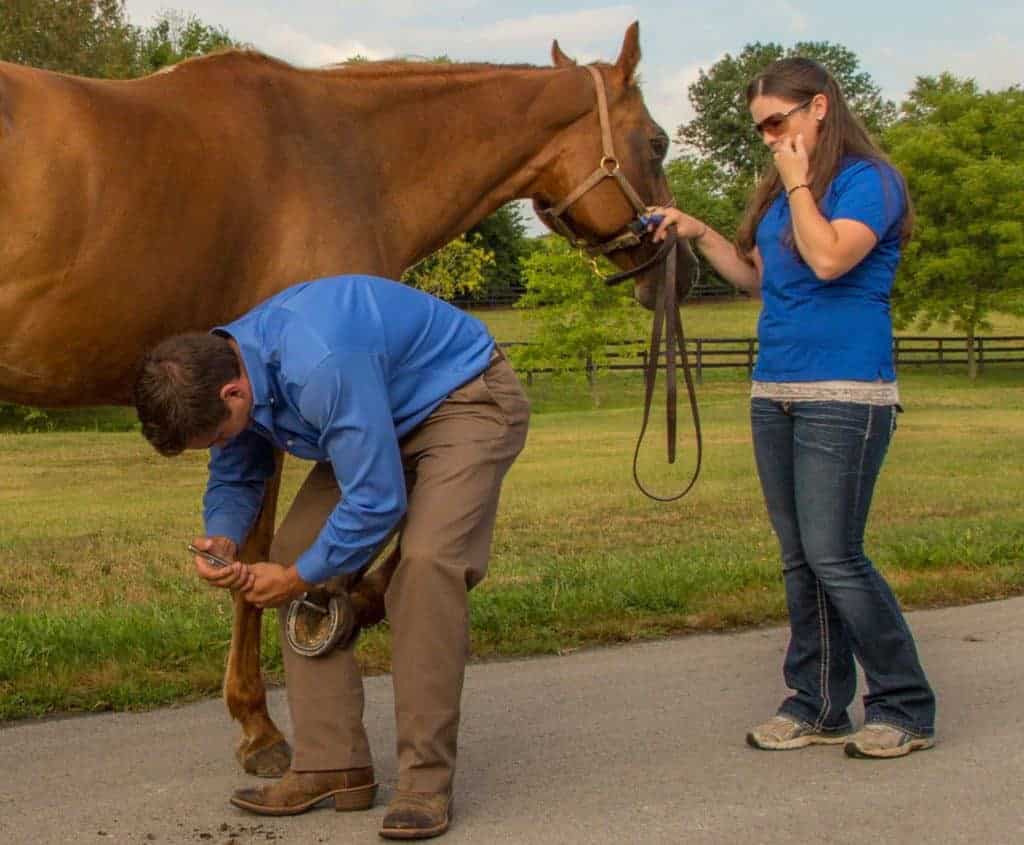
TheHorse.com’s Top Articles of 2017
Articles on laminitis, colic, hoof abscesses, licking and chewing, and wound care are among the most-read in 2017.

Articles on laminitis, colic, hoof abscesses, licking and chewing, and wound care are among the most-read in 2017.

Find reports and forms on horse identification, scratches, supplements, harmonious housing, senior horses, and more.

Rider biomechanics significantly impact horse biomechanics, affecting performance, musculoskeletal health, and welfare.

Dr. Torri Maxwell explains how the soft-tissue structures play a role in navicular-related lameness.

Dr. Duncan Peters talks about lameness and behaviors that could indicate a horse is experiencing navicular issues.

Lameness was the most common issue ride vets found, but 48% of affected horses had no further vet exams or treatment.

Learn about diagnosis and management of navicular horses.
The program will focus on the latest research, from equine pain recognition to rider posture and equine biomechanics.

This recurrent limb infection and swelling is challenging to treat. Here’s what you need to know.

After four weeks of resistance band training, horses showed less unwanted vertebral movement along the back.
Lecture topics will include anesthesia, eye emergencies, sports medicine, biosecurity, foaling problems, and more.

A poorly applied bandage can cause as many problems as a well-applied wrap can prevent. Remember the following.

What might cause a horse to scratch or drag a leg while he’s lying down?

Objective measurements can lead to more targeted therapy and provide a basis for comparison as the horse improves.

Of the 755 respondents, 209 (28%) said foot-related lameness is their biggest equine lameness concern.

Of the 420 respondents, 349 people (83%) said they have rehabilitated an injured horse.
Stay on top of the most recent Horse Health news with
"*" indicates required fields